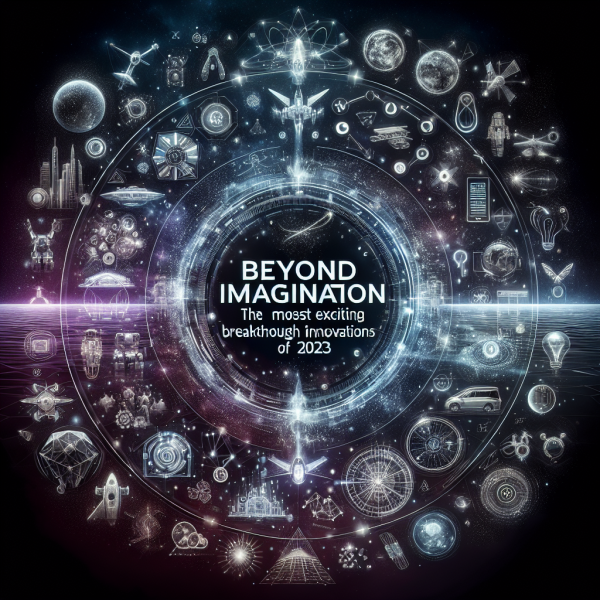Global Tech Market Insights: Trends from Silicon Valley to Shenzhen

Introduction
The tech industry is one of the most dynamic sectors in the global economy, constantly evolving and adapting to new challenges and opportunities. The influence of technology spans across borders, and two of the most significant hubs for innovation are Silicon Valley in the United States and Shenzhen in China. While both regions are known for their contributions to technological advancements, they have distinct ecosystems and cultural approaches that shape their respective markets. This article explores the current trends in the global tech market, drawing insights from both Silicon Valley and Shenzhen to understand how they are influencing the broader landscape.
The Rise of Artificial Intelligence (AI)
Silicon Valley: Leading in Innovation
In Silicon Valley, AI has emerged as the cornerstone of technological innovation. Companies like Google, Microsoft, and OpenAI are at the forefront of research and development, pushing the boundaries of AI applications in various sectors. The focus here is not just on creating advanced algorithms but also on ensuring ethical considerations and regulatory frameworks are integrated into AI advancements. The Valley is fostering an ecosystem that balances innovation with responsibility, promoting sustainable growth in fields such as autonomous vehicles, healthcare, and customer service automation.
Shenzhen: Adapting AI for Mass Market
On the other hand, Shenzhen is leveraging its manufacturing prowess to integrate AI into everyday products. Companies like Huawei and DJI are enhancing their consumer electronics with AI features, such as smart cameras and drones equipped with advanced image recognition technologies. Shenzhen’s approach is marked by agility and speed, allowing it to rapidly prototype and scale AI products for mass consumption. The city is creating a vibrant market for AI applications, driven by consumer demand and the need for practical solutions.
The Shift Towards Sustainability
Silicon Valley: Green Tech Investment
Sustainability has become a key theme in the tech industry, particularly in the Valley. Investors are increasingly directing funds into green technologies, focusing on solutions that address climate change and reduce carbon footprints. Startups specializing in renewable energy, electric vehicles, and sustainable agriculture are gaining traction. The emphasis is on innovation that not only drives profit but also contributes to a more sustainable future. Initiatives like the Silicon Valley Clean Energy Coalition exemplify the community’s commitment to achieving a greener economy.
Shenzhen: Energy Efficiency Initiatives
In Shenzhen, sustainability is ingrained in the city’s infrastructure. The government’s push for electric public transportation has transformed the city into a testing ground for electric buses and taxis, significantly reducing pollution levels. Shenzhen serves as a model for how urban centers worldwide can adopt sustainable practices through technology. Local companies are also developing innovative solutions focused on energy efficiency, such as smart home devices that optimize energy usage and contribute to a more sustainable living environment.
The Expansion of 5G Technologies
Silicon Valley: Exploring New Opportunities
Silicon Valley is heavily invested in the potential of 5G technology, which promises to revolutionize various sectors, from telecommunications to autonomous driving. Companies are exploring new applications for 5G, such as enhanced virtual reality experiences and the Internet of Things (IoT). The infrastructure for 5G is being developed to support rapid data transmission and connectivity, which is essential for the next generation of tech innovations. Startups are emerging to create innovative solutions that harness the power of 5G, driving an increased focus on edge computing and real-time data analytics.
Shenzhen: Leading in Deployment
In Shenzhen, 5G technology is already being deployed on a large scale. The city has invested heavily in building the necessary infrastructure, making it one of the first in the world to roll out comprehensive 5G networks. This rapid deployment has enabled local companies to experiment with 5G applications in sectors such as manufacturing, healthcare, and entertainment. For example, remote surgeries and real-time data collaboration are becoming feasible due to the ultra-reliable low-latency communication that 5G offers. Shenzhen’s proactive stance on 5G positions it as a global leader in the technology landscape.
The Globalization of Tech Talent
Silicon Valley: A Melting Pot of Ideas
Silicon Valley has long been a haven for tech talent from across the globe. The region thrives on diversity, bringing together innovators, engineers, and entrepreneurs from various cultural backgrounds. This melting pot of ideas fuels creativity and fosters collaboration, leading to the development of groundbreaking technologies. However, recent immigration policies and economic challenges have raised concerns about retaining this talent pool. Companies are leveraging remote work capabilities to tap into global talent, creating a more distributed workforce that can drive innovation from anywhere.
Shenzhen: Homegrown Innovators
In contrast, Shenzhen’s tech workforce is characterized by a strong emphasis on homegrown talent. The city’s education system and vocational training programs are tailored to meet the evolving demands of the tech industry. As a result, local universities and training institutes are producing skilled workers adept at handling the specific challenges of the Shenzhen tech ecosystem. Moreover, the culture of "making" in Shenzhen encourages entrepreneurship and innovation, with young talents creating start-ups that may eventually rival established giants.
Conclusion
From Silicon Valley’s ethical innovation and green tech investments to Shenzhen’s rapid deployment of AI and 5G technologies, the global tech market is witnessing a convergence of trends that reflect the distinct strengths of these two giants. While their approaches differ, the ultimate objective remains the same: harnessing technology to improve lives and drive economic growth. As the tech landscape continues to evolve, the interplay between these ecosystems will shape the future of technology, highlighting the importance of global collaboration and innovation in addressing the challenges of tomorrow.
Understanding these trends not only provides insights into the current state of the tech market but also sets the stage for future developments that could redefine how we live and work in an increasingly interconnected world.














